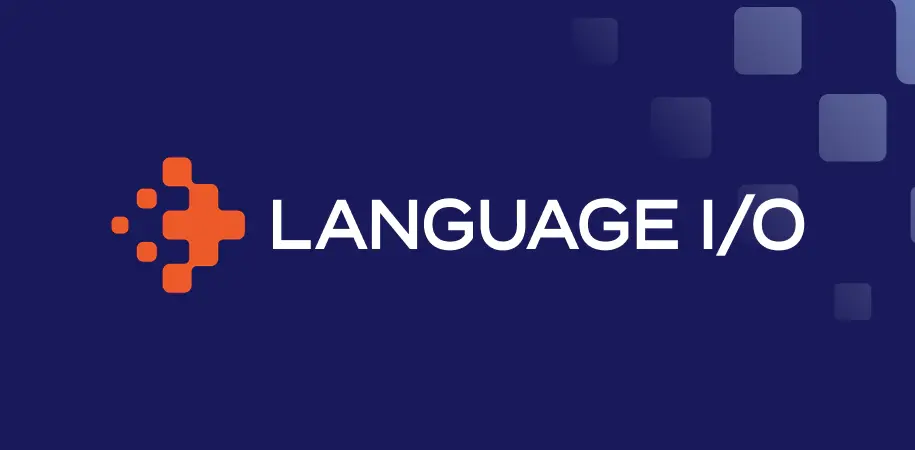Quality online translation for business is much more complicated than typing a few words into Google translate and copy and pasting those words onto marketing materials, which is why we end up with signs like this:

Credit, Daily Mail
However, as businesses expand globally, they often have no choice but to translate content not just in one, but in multiple languages. If you’re getting ready to translate your business content, these seven tips will help streamline that process.
1. Get Your Documents in Order
Introduce your translation team to your processes and train them in your templates, glossaries, style guides, project management approach, technical review processes, development life cycles, and all the other components that contribute to developing your company’s documentation, marketing collateral, web content, software, and so on. If not properly accounted for, each can affect the production schedule for your translations. If much of this information is in your head and not documented anywhere, you open the door for problems, inefficiency, inconsistency, miscommunication and added expense.
We can’t stress enough how important it is to do this kind of housecleaning. It doesn’t matter if your translators are part of your company or are from an outside firm. You will have to do this eventually. If you need to start your translation project in January and you hire your translation team in December, your project’s start date could get pushed off to March because of chaotic documentation practices.
2. Have Clear Processes
During the translation process, you will pay dearly for lack of clarity in your processes, content, or both. Whether you pay for translations by the word, the page, or the hour, the fees rack up quickly. The content you provide for the translator must be prepared with an eye toward translation meaning they must be clear. Better to make adjustments once—in the source content at the beginning—than wait until the eleventh hour to undo the damage and make costly revisions to twelve target-language versions.
3. Update Your Style Guide
If this subhead makes you think, “Uh, what style guide?” change it to “If you don’t have a style guide, start one.” To streamline the editing and proofreading processes before, during and after translations, all parties need a style guide to ensure that consistency is maintained throughout all content. Most issues are common to both the writing and the translating processes; others are translation-specific.
4. Update Your Glossary
Having a company-sanctioned definition and translation for critical terminology and phrases will make the translation team’s job much easier because they won’t have to keep contacting you with questions like “What do you mean by ____?”
Beyond the standard entries for company- and industry-specific terminology, you also want to include words whose meanings in the context of your company’s products differ from widely recognized denotations in the language (e.g., audience, control, list, parameter). Clearly defining what you mean when you use these words will help your translators produce copy that is true to your original meaning.
The glossary also tells translators what not to translate. Text that is best left in English may include trademarked names, phrases coined by your company, and so forth. While this list may be short, such restrictions should be made carefully. A skilled translator can consider your explanation of a phrase’s meaning, offer a suggested translation and then explain it back to you in English to see if it’s consistent with your original intent.
5. Standardize Your Indexing
For documentation, your index style guide can be a separate document or part of the company style guide. If your indexes are reasonably adequate, you can copy them into a new document, delete the page numbers, and end up with a nearly complete list of terminology for primary, and maybe even secondary, index entries.
6. Reevaluate Your Template Designs
One of the most overlooked aspects of translation is the impact that it can have on templates and layouts. For example,native English speakers who don’t know another language (or have long since forgotten high school French) may not realize that translated phrases can be longer than original phrases, perhaps turning one-line figure captions into two lines and throwing off column headers in tables. So you’ll want to reconsider the amount of white space in your current templates.
7. Create Stock Images
Graphics can be a messy affair if documentation and marketing people aren’t working together to produce the materials. They become even messier when you add translation to the mix because the number of target languages will multiply the inconsistencies. Creating stock images not only helps unify and standardize your corporate message and image across departments (making your life much easier), it also can help to ensure the same consistency of message and image in your target documentation. This is particularly helpful when the same person is not overseeing the translation process in each department or the same translation vendor is not being used.
Another thing to consider is how to handle customer support. Customer support is often overlooked in the initial going global strategy, but is an imperative business component that can get costly unless managed correctly.
If you want to know more about how to provide high quality, multilingual customer support without hiring costly resources, contact us or find us on the Salesforce App Exchange.



